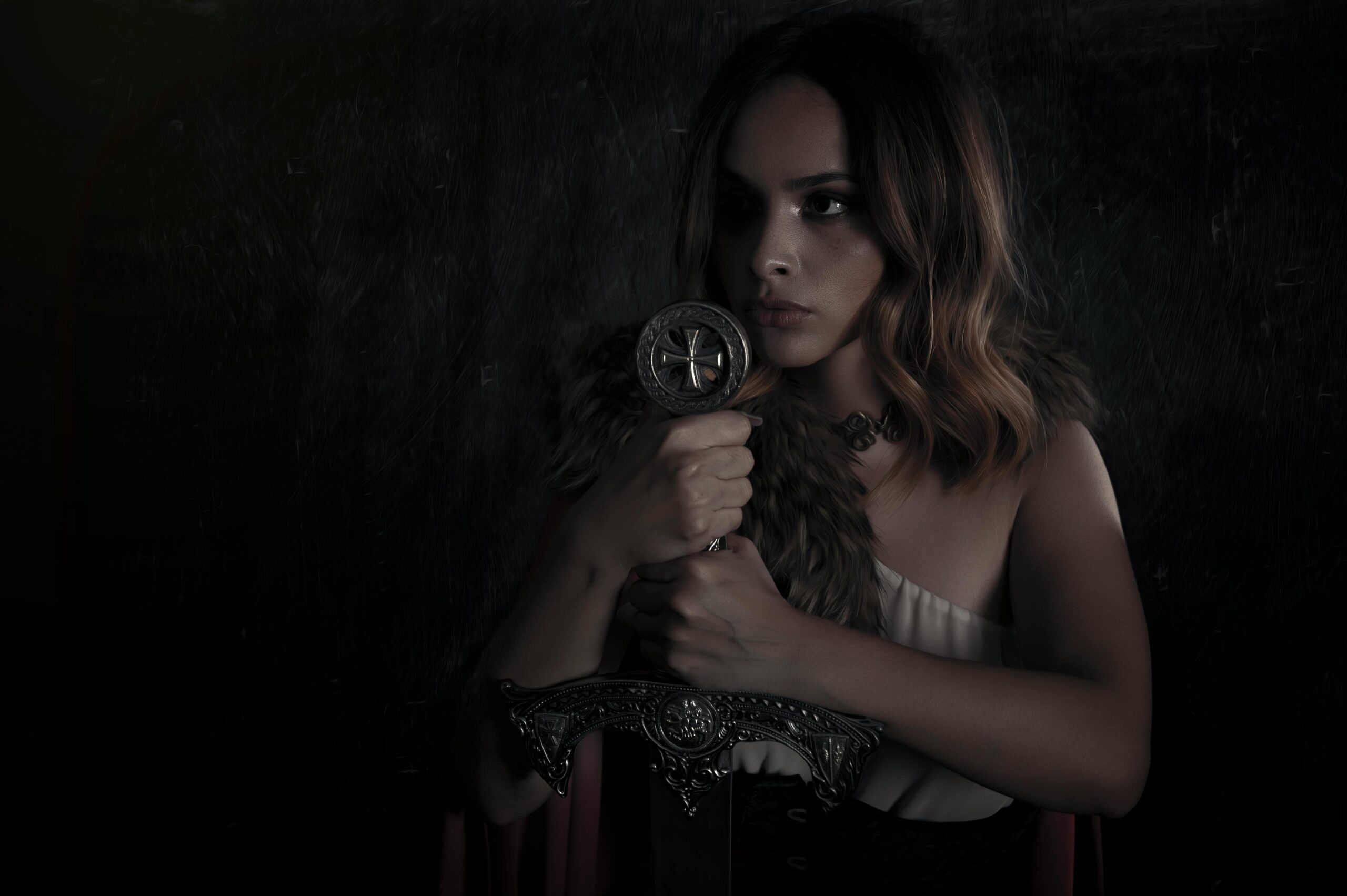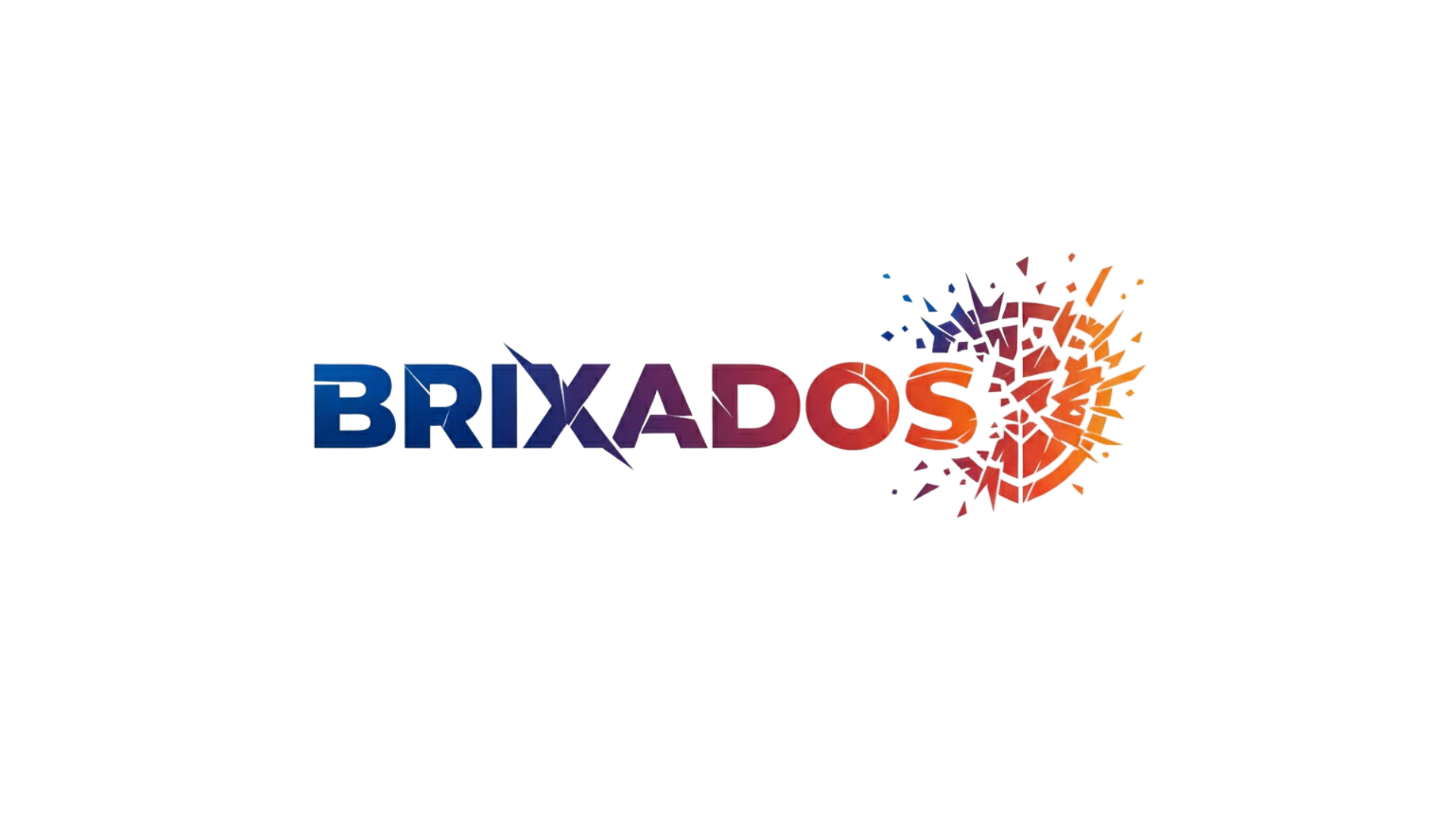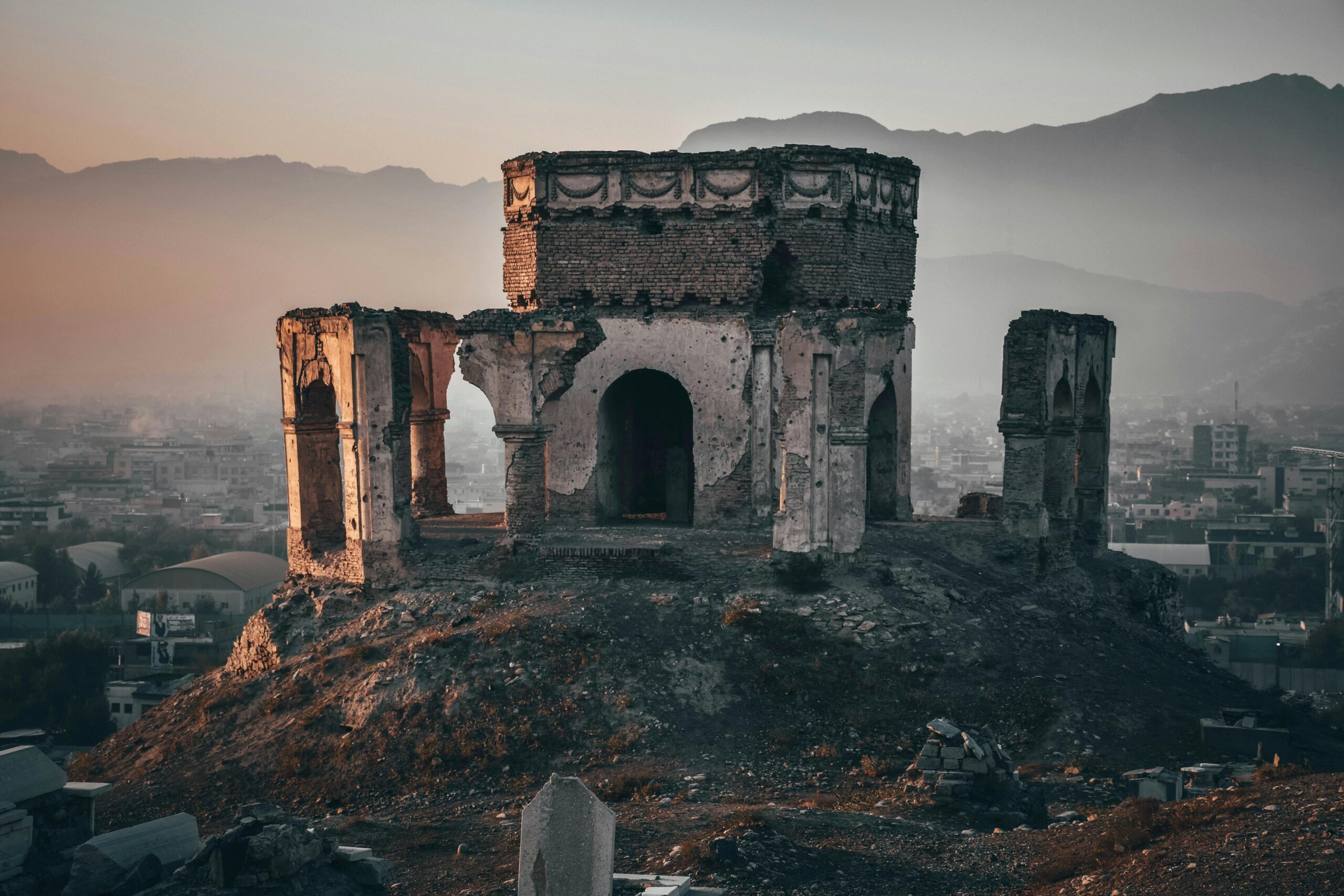From ancient Greece to medieval Europe, heroic epics have shaped our understanding of courage, honor, and the human condition across millennia of storytelling tradition.
🏛️ The Timeless Appeal of Heroic Epics
Heroic epics represent humanity’s most ambitious attempts to capture the essence of greatness in narrative form. These monumental works transcend mere entertainment, serving as cultural touchstones that define civilizations and inspire generations. Whether recited by ancient bards or studied in modern classrooms, epic poems continue to resonate because they explore universal themes of struggle, sacrifice, and triumph that speak to the core of human experience.
The greatest heroic epics share common DNA: larger-than-life protagonists, supernatural interventions, quests of cosmic significance, and battles that determine the fate of nations. Yet each epic also reflects the unique values, fears, and aspirations of the culture that produced it. Understanding these masterworks means understanding the civilizations themselves.
⚔️ The Iliad: The Foundation of Western Epic Tradition
Homer’s Iliad stands as the progenitor of Western epic poetry, composed around the 8th century BCE. Set during the Trojan War, this monumental work doesn’t glorify warfare as much as it examines the tragic consequences of pride, rage, and honor-bound societies. The epic’s central conflict between Achilles and Agamemnon reveals how personal grievances can endanger entire communities.
What makes the Iliad eternally relevant is its unflinching portrayal of war’s brutality. Homer doesn’t shy away from describing the horrific deaths of warriors, the grief of their families, or the senselessness that often accompanies armed conflict. Achilles, the greatest warrior, ultimately learns that glory cannot compensate for mortality—a lesson crystallized in his encounter with Priam over Hector’s body.
The epic’s influence on subsequent literature cannot be overstated. Its themes of heroic rage, divine intervention, and the tension between individual desire and communal responsibility became templates for countless later works. The Iliad established conventions that would define epic poetry for millennia: beginning in medias res, invoking the muse, employing elevated language, and featuring extended similes that illuminate the action.
The Divine Machinery of Fate
The Olympian gods in the Iliad function as both supernatural forces and personifications of human psychology. When Athena stays Achilles’ hand from killing Agamemnon, she represents the warrior’s own capacity for restraint. This dual nature—gods as external entities and internal impulses—adds psychological depth to the narrative that modern readers still appreciate.
🌊 The Odyssey: The Archetypal Journey Home
Homer’s second epic shifts from battlefield to sea voyage, from communal warfare to individual cunning. The Odyssey follows Odysseus’s ten-year struggle to return home after the Trojan War, facing monsters, enchantresses, and divine obstacles. Where the Iliad examines honor and rage, the Odyssey explores intelligence, perseverance, and identity.
Odysseus represents a different kind of hero than Achilles. His strength lies not in martial prowess but in mental agility—he’s “the man of twists and turns.” His encounters with the Cyclops, Circe, the Sirens, and others test his wit rather than his sword arm. This preference for cleverness over brute force would influence countless later heroes, from Aeneas to Sherlock Holmes.
The epic’s structure—alternating between Odysseus’s adventures and events in Ithaca—creates narrative tension while exploring themes of loyalty and patience. Penelope’s faithfulness and Telemachus’s maturation provide counterpoints to Odysseus’s journey, suggesting that heroism takes many forms. The reunion scene, where Odysseus must prove his identity through intimate knowledge only the true husband would possess, remains one of literature’s most emotionally satisfying moments.
🗡️ Beowulf: Northern Heroism and the Monster Within
Composed sometime between the 8th and 11th centuries, Beowulf represents the heroic ideal of Germanic warrior culture filtered through Christian scribes. The epic tells of the Geatish warrior Beowulf, who comes to Denmark to rid King Hrothgar’s hall of the monster Grendel, then faces Grendel’s vengeful mother, and finally, decades later, confronts a dragon threatening his own kingdom.
What distinguishes Beowulf is its meditation on the passage of time and the inevitable decline of even the greatest heroes. The young Beowulf who tears off Grendel’s arm with his bare hands contrasts sharply with the aged king who requires a sword and loyal companion to face the dragon. This trajectory from youthful confidence to mortal vulnerability gives the epic tragic weight.
The monsters in Beowulf function as more than physical threats—they represent the chaos that constantly threatens civilization. Grendel, descended from Cain, embodies the outsider’s resentment of community joy. His mother represents vengeance’s perpetual cycle. The dragon symbolizes the past’s lingering dangers, as it guards ancient treasure that brings only destruction to those who disturb it.
The Elegiac Tone of Northern Epic
Unlike Mediterranean epics with their divine interventions and guaranteed afterlives, Beowulf breathes northern fatalism. Heroes fight knowing their efforts will ultimately fail, that death comes to all, and that even great deeds fade into memory. This wyrd (fate) cannot be escaped, only faced with dignity. Such stoicism influenced later northern literature profoundly.
📜 The Aeneid: Empire and Destiny
Virgil’s Aeneid, composed in the 1st century BCE, serves as Rome’s national epic while deliberately engaging with Homer’s works. Aeneas, a Trojan survivor, travels to Italy to found the civilization that will become Rome. The epic’s first half echoes the Odyssey’s wanderings; its second half recalls the Iliad’s warfare—but Virgil transforms these borrowed structures into something distinctly Roman.
Aeneas embodies pietas—duty to gods, family, and community—rather than individual glory. His most controversial moment comes when he abandons Dido, Queen of Carthage, because destiny calls him to Italy. Modern readers often sympathize with the abandoned Dido, but Virgil presents Aeneas’s choice as necessary subordination of personal happiness to historical mission.
The Aeneid legitimizes Roman imperial authority by connecting it to divine plan and Trojan nobility. Yet Virgil’s epic contains surprising ambivalence about empire’s costs. The famous ending—Aeneas killing the suppliant Turnus in rage—leaves readers questioning whether civilization’s founding requires compromising the very values it claims to champion.
🕌 The Epic of Gilgamesh: Humanity’s First Hero
Predating Homer by over a millennium, the Epic of Gilgamesh from ancient Mesopotamia tells of the king of Uruk and his journey from tyrant to wise ruler. Gilgamesh begins as an oppressive king whose people pray for relief. The gods create Enkidu, a wild man, who becomes Gilgamesh’s friend and civilizes him through companionship.
After Enkidu’s death, Gilgamesh becomes obsessed with mortality and seeks immortality. His quest takes him to the edge of the world, where he meets Utnapishtim, survivor of the great flood (a clear precursor to the Noah story). Utnapishtim tells Gilgamesh that immortality is reserved for gods, not humans, and that true legacy lies in the works one leaves behind.
The epic’s conclusion returns Gilgamesh to Uruk, where he contemplates the city walls he built—his true immortality. This circular structure, from city to wilderness and back, represents the maturation from physical prowess to wisdom. Gilgamesh’s evolution from seeking glory through heroic deeds to accepting mortality’s inevitability makes this ancient text remarkably modern in its psychological insight.
🏹 The Mahabharata: Epic on an Unprecedented Scale
The Mahabharata, composed over several centuries and reaching final form around 400 CE, dwarfs all other epics in scope. At approximately 100,000 verses, it’s ten times longer than the Iliad and Odyssey combined. This Sanskrit epic centers on the Kurukshetra War between two branches of a royal family, but encompasses philosophy, mythology, and moral instruction.
The Bhagavad Gita, perhaps world literature’s most influential philosophical poem, appears within the Mahabharata as Krishna advises the warrior Arjuna on the battlefield. Their dialogue addresses dharma (duty), the nature of reality, and the soul’s relationship to the divine—transforming an epic battle into a metaphysical meditation on existence itself.
What makes the Mahabharata unique is its moral complexity. Characters exhibit virtues and flaws in realistic proportions. The Pandavas, though nominally heroes, commit questionable acts. The Kauravas, though antagonists, show moments of nobility. This ambiguity reflects Hindu philosophy’s understanding that reality transcends simple dualities of good and evil.
Narrative Innovation and Nested Stories
The Mahabharata’s structure resembles nested dolls—stories within stories within stories. This technique allows the epic to incorporate diverse material while creating thematic resonances between different narrative levels. A tale told by a character might illuminate the main plot while standing as an independent story with its own lessons.
⚡ Comparing Heroic Ideals Across Cultures
Each epic defines heroism according to its culture’s values, creating fascinating contrasts when examined side by side:
- Greek heroes pursue kleos (glory) that will survive them in song and story, accepting early death as the price of immortal fame.
- Roman heroes prioritize duty to state and destiny over personal desires, embodying sacrifice for collective good.
- Germanic heroes face inevitable doom with stoic courage, finding meaning in how they meet their fate rather than in victory.
- Indian heroes navigate complex dharma amid competing obligations, seeking to act righteously within a morally ambiguous world.
- Mesopotamian heroes evolve from physical dominance to wisdom, learning that mortality gives life meaning rather than diminishing it.
These differing emphases reveal what each society valued most: the Greeks prized individual excellence and reputation; Romans emphasized civic responsibility; Germanic peoples valued courage in the face of certain defeat; Indian culture explored ethical complexity; and Mesopotamians sought wisdom through experience.
🎭 Divine Intervention and Human Agency
The relationship between gods and mortals varies significantly across epic traditions. Greek epics feature anthropomorphic gods who intervene capriciously in human affairs, taking sides in mortal conflicts for petty reasons. These divine machinations raise questions about human free will and responsibility—if Athena guides Odysseus, how much credit does he deserve?
Beowulf’s God remains more distant, a Christian deity who controls fate but doesn’t directly intervene in battles. Characters attribute success to God’s will but must still rely on their own strength and courage. This combination of divine sovereignty and human responsibility reflects the epic’s synthesis of pagan warrior culture and Christian theology.
The Mahabharata presents perhaps the most sophisticated theology, with Krishna serving simultaneously as Arjuna’s charioteer and the supreme deity. His teachings in the Bhagavad Gita reconcile human action with divine plan through the concept of detached duty—act righteously without attachment to results, offering all actions as sacrifice to the divine.
💔 Women in Heroic Epics: More Than Supporting Cast
Though male warriors dominate epic poetry, female characters often provide crucial moral centers and narrative complexity. Penelope’s patient faithfulness contrasts with the suitors’ disorder, representing civilization’s preservation during Odysseus’s absence. Her clever weaving stratagem demonstrates that intelligence and loyalty constitute their own form of heroism.
Dido in the Aeneid exemplifies tragedy’s potential when personal desire conflicts with political necessity. Her suicide curse creates the historical enmity between Carthage and Rome, showing how individual suffering reverberates through history. Virgil grants her dignity and eloquence, making readers question whether Aeneas’s duty justifies his betrayal.
The Mahabharata’s Draupadi, shared wife of the five Pandava brothers, becomes the war’s moral catalyst when insulted publicly. Her demand for justice drives the plot while raising questions about honor, revenge, and the treatment of women. Her curse on the battlefield where she was humiliated comes true, suggesting karmic justice operates beyond human control.
🌟 The Epic Legacy in Modern Storytelling
Contemporary narratives continue drawing from epic traditions, adapting ancient patterns to modern contexts. The hero’s journey, codified by Joseph Campbell from epic structures, appears in countless films, novels, and games. Star Wars, The Lord of the Rings, and superhero franchises all follow epic conventions: ordinary individuals called to extraordinary quests, mentors offering guidance, tests of character, and climactic battles determining civilization’s fate.
What changes is scale and accessibility. Ancient epics were oral performances requiring hours of recitation and cultural knowledge to fully appreciate. Modern epics appear as visual spectacles designed for immediate consumption. Yet the underlying human concerns remain constant: What makes a life meaningful? How should we face suffering and death? What obligations do we owe our communities? When does duty require personal sacrifice?
The epic tradition also influences how societies understand themselves. National identities often trace to foundational epics that define cultural values and historical missions. Americans reference their “manifest destiny” in terms echoing the Aeneid’s fated empire-building. The British Empire saw itself continuing Rome’s civilizing mission. Understanding these epic roots helps decode modern political rhetoric and national mythologies.
📚 Enduring Relevance in the Digital Age
Some question whether epics remain relevant when attention spans shrink and entertainment multiplies infinitely. Yet these ancient works continue attracting readers, adaptations, and scholarly attention precisely because they address fundamental human questions that technology cannot resolve. We still struggle with mortality, seek meaning in suffering, and wonder about our obligations to others.
Epic poetry’s formal features—elevated language, extended similes, catalogues of warriors—may feel alien to contemporary readers. But the emotional core remains accessible: Achilles weeping over Patroclus, Odysseus reuniting with Penelope, Beowulf facing the dragon despite knowing it will kill him, Gilgamesh mourning Enkidu. These moments transcend cultural specificity to touch universal human experiences.
Moreover, epics reward deep reading in ways that rapid-consumption media cannot. Their allusions, patterns, and complexities reveal new dimensions with each encounter. A first reading might focus on plot; subsequent readings illuminate themes, character psychology, and cultural context. This depth makes epics inexhaustible, always offering more to those willing to engage seriously.

🏆 Which Epic Reigns Supreme?
Comparing these masterworks ultimately proves futile—each excels within its cultural context and addresses different aspects of human experience. The Iliad captures war’s tragedy and honor’s costs with unmatched intensity. The Odyssey explores identity and homecoming with psychological sophistication. Beowulf meditates on time’s passage and heroism’s limitations. The Aeneid examines empire’s burden and duty’s price. Gilgamesh traces humanity’s first recorded journey toward wisdom. The Mahabharata encompasses entire philosophies within its sprawling narrative.
Rather than crowning one supreme epic, we should appreciate how each illuminates different facets of the heroic ideal. Together, they form a conversation across millennia about what it means to live well, face adversity with courage, and leave something meaningful behind. Their diversity reminds us that heroism takes many forms and that different situations call for different virtues.
The greatest heroic epics endure not because they provide answers but because they ask the right questions—questions every generation must answer anew. As long as humans grapple with mortality, seek purpose, and tell stories about extraordinary individuals facing extraordinary challenges, these ancient epics will remain vital, speaking to us across the centuries with undiminished power and relevance. They represent humanity’s highest artistic achievements, capturing in verse the struggles and triumphs that define our species.
Toni Santos is a myth-psychology researcher and narrative writer exploring how archetypes, symbols and human story converge to shape mind, culture and meaning. Through his studies on the collective unconscious, comparative mythology and symbolic dream interpretation, Toni examines how the myths we tell reflect the patterns we live — and how awareness of these patterns can spark transformation. Passionate about hero’s journeys, mythic motifs and dream-language, Toni focuses on how story acts as both mirror and map for inner depth and growth. His work highlights the bridges between myth, psyche and culture — guiding readers toward a deeper encounter with themselves and the stories they carry. Blending psychology, mythology and narrative theory, Toni writes about the hidden architecture of meaning — helping readers understand how symbols, stories and dreams shape experience and identity. His work is a tribute to: The power of myth to reveal the unseen structures of psyche The journey from archetype to individual lived story The art of dream-language as a path to wholeness Whether you are a storyteller, psychologist or traveller in the inner landscape, Toni Santos invites you to explore the mythic dimension of mind — one symbol, one myth, one insight at a time.



